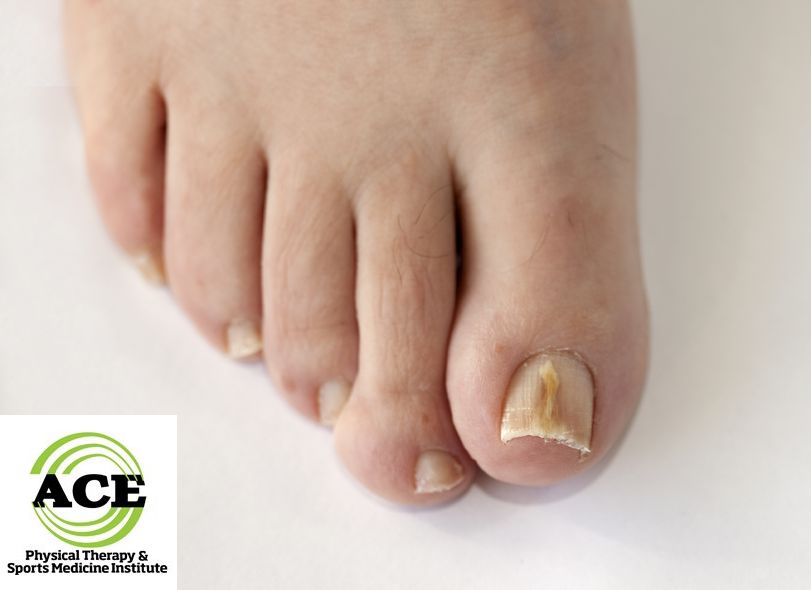COPPER SOCKS AND ATHLETE’S FOOT

Tid Bits of Info
- Athlete’s foot causes a red, scaly rash that can itch, sting, or even burn.
- Men are at a higher risk of getting athlete’s foot.
- Athlete’s foot can spread to hands, nails, and groin.
- Athlete’s foot affects about 15% of the population around the world.
Athlete’s foot, tinea pedis, is one of the most common skin irritations/conditions that exist in athletes and people who exercise on a regular basis. Exercise causes people to sweat including the feet, and this creates moisture in the shoe. The dark, warm and moist shoe becomes a breeding ground for fungi that can lead to athlete’s foot. Applying a topical anti-fungal prep is often used for treatment but success is limited. Over the past 10 years, there has been an increase in the use of copper within socks to help prevent and cure athlete’s foot.
The antifungal and antimicrobial capabilities of copper have been known for centuries. The ancient Greeks used copper as a disinfectant on many objects including human skin. In the recent past, copper fiber has been produced to put into clothing, specifically socks, to help prevent and treat athlete’s foot.
Athlete’s foot is characterized by dry, cracking skin, redness and itching in the space between the toes. The fungal infection causes basil-cell growth, thickening of the skin and scaling to occur. It can be diagnosed clinically by eyesight and most treatment options include applying a topical agent (gel, cream, spray) to the affected area. People have tried oral medications and home remedies with very limited success.

A recent study was performed on a college football team that involved wearing socks that were laced with copper fibers. The socks are designed to wick away moisture and help to prevent the fungal growth by controlling or eliminating the ideal growing environment that exists inside an athletic shoe. The study followed college-age football players who had been diagnosed with athlete’s foot. The players wore these socks during their practices and workouts and almost every player experienced a reduction in their symptoms gradually over an 8 week period of time. In week 8, several of the test subjects had total resolution of their symptoms. It has been reported that some textiles have a high concentration of copper embedded in their fibers and can kill 99.9% of the fungus that causes athlete’s foot within 12 hours.
Copper embedded materials have been promoted to help with many orthopaedic ailments but the jury is still out on the efficacy of copper on these conditions. It does appear that socks that are embedded with copper can help to prevent athlete’s foot and possibly other fungal conditions of the foot. The key to treating these conditions is to eliminate moisture, heat, and darkness as much as possible. Wearing an athletic shoe or a leather dress/work shoe or boot can create a perfect growing environment for fungus. Wearing a sock that has copper fibers embedded in them appears to be one way to prevent this growth.

























This was an interesting article. It seems like copper socks have the potential to provide a simple, but effective way to treat and prevent athlete’s foot. In the study with the college football players, I would be interested in knowing how effective the copper socks were in comparison to the more traditional topical treatments.